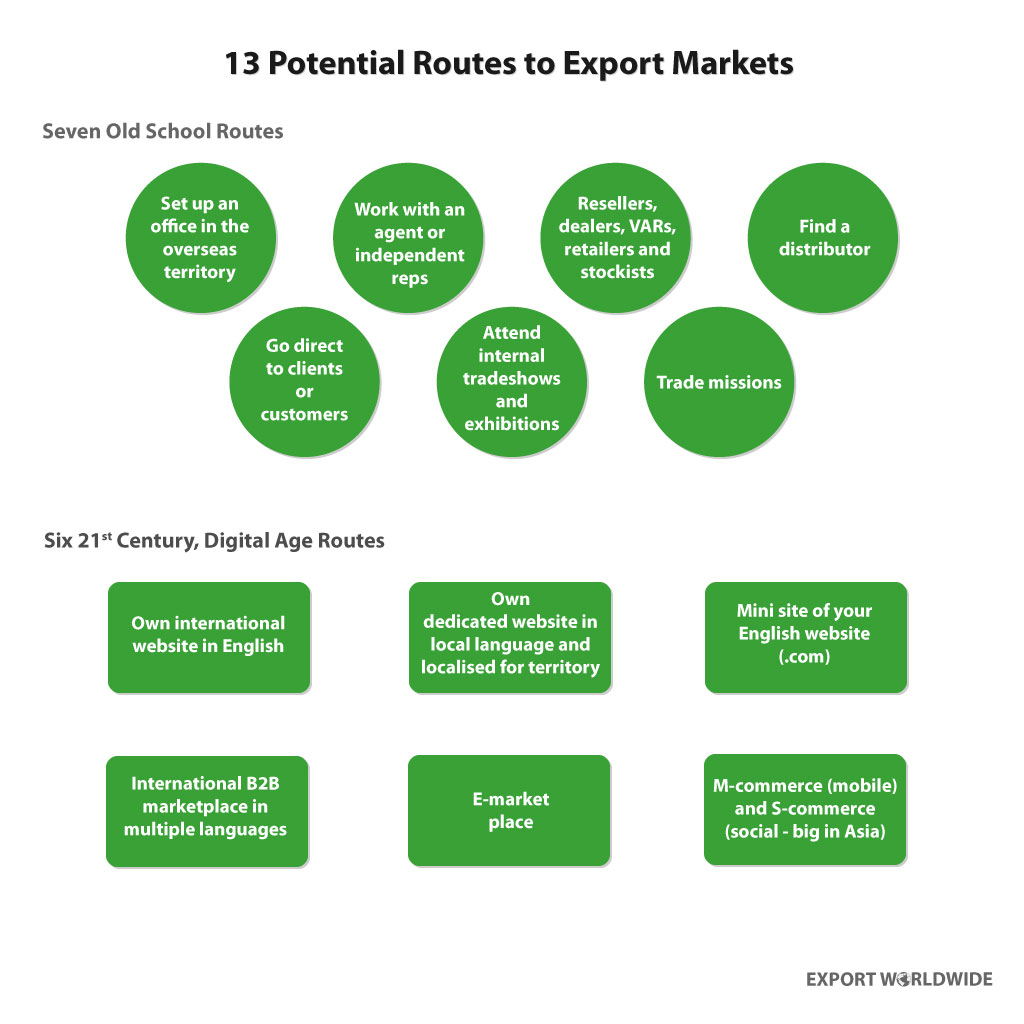Also in the news...
Foreign travel advice Georgia
Warnings and insurance Still current at: 16 May 2024 Updated: 16 May 2024 Latest update: Information on the political situation across Georgia ('Safety and security' page).
How to market and package ecommerce products for maximum impact
To market and package your ecommerce products for maximum impact, start by understanding your target audience's demographics, passions, and daily struggles. Tailor your product descriptions and packaging to resonate with their identity, making them feel like part of a community.
Foreign travel advice Norway
Warnings and insurance Still current at: 13 May 2024 Updated: 13 May 2024 Latest update: This travel advice was reviewed for style and accuracy.
Guidance Living in Austria
Information for British citizens moving to or living in Austria, including guidance on residency, healthcare and driving.
Foreign travel advice Sweden
Warnings and insurance Still current at: 13 May 2024 Updated: 13 May 2024 Latest update: Removal of information about Eurovision Song Contest ('Warnings and insurance' and 'Safety and security' pages).
Routes to market part 1: traditional methods
13 Possible Routes to Exporting for SMEs | the Advantages and Disadvantages
When developing your export marketing strategy, the route or routes into global markets are multiple and the route you choose will ultimately determine your success when trading overseas. With that in mind, it’s worth understanding the 13 common routes to exporting available to SMEs, plus the advantages and disadvantages of each channel…
First off, it is useful to note that having English as your first language is both a blessing and a curse because a German and an Italian are happy to communicate in English as they are both making the effort to learn the international language of trade, English.
The down side of having English as your first language is there is no other language that we can learn that is as widely used in international trade, so we have to make the effort to communicate in multiple languages. However, the up side is that everybody who wants to trade internationally will speak English, to a greater or lesser extent, so after the initial communication, English will be the language of trade.
In this two part feature I will discuss 13 routes to market that I have split into ‘Old School’ and more current 21st Century routes to export markets that weren’t open to SMEs prior to the digital age. This is not to say that new is better than old school because all routes to an export market are valid, provided you make a profit utilising which ever routes to market you choose. The routes we will discuss are illustrated in the graphic below.
The comments in this article are based on our own experiences of growing our own export sales from 6 per cent of sales to 67 per cent of sales, which led to one of our companies being named as National Exporter of the Year. It’s this success that inspired us to develop Export Worldwide. So, there are comments from the trenches, from people who have actually created and grown B2B export sales.

The 13 potential routes to market are…
Old School
- Setup an office in the overseas territory
- Work with an agent or Independent Reps
- Resellers, Dealers, VARs, Retailers and Stockists
- Find a Distributor
- Go direct to clients or customers
- Attend internal tradeshows and exhibitions
- Trade missions
The 21st Century, Digital Age
- Own international website in English
- Own dedicated website in local language and localised for territory (i.e. Germany)
- Mini site of your English .com
- International B2B marketplace in multiple languages
- E-market place
- M-commerce (mobile) and S-commerce (social – big in Asia)
